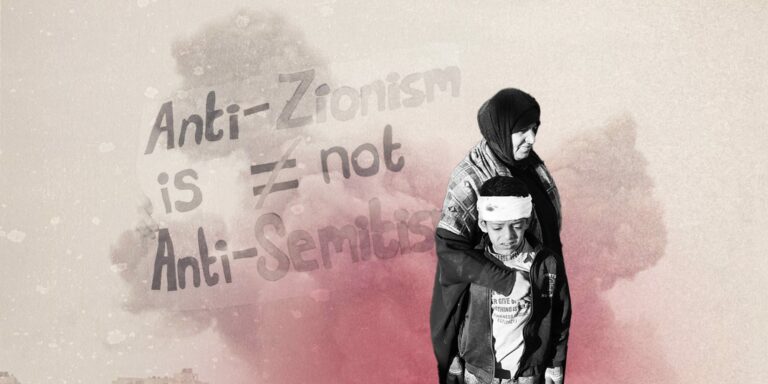Belgium just announced the killing of a Belgian relief worker in an Israeli shelling in Gaza, and once again, the European Union has been alarmed by Israeli violations.
It has become infuriating. As one feels pain for another victim in the sector, there is undoubtedly a question about the “uniqueness of the victim,” alongside the daily slaughter of hundreds of Gazans. The comparison between their dead and ours comes to mind despite its misery, in the face of what can be called discrimination amongst victims.
Weeks ago, an Israeli drone killed eight relief workers near Khan Yunis, five of which were Europeans. Following the crime, Netanyahu formed an investigative committee and dismissed the officer responsible for the “incident.”
European governments were already stunned by the Israeli act, and President Joe Biden requested a report including the investigation results. The Israeli government “regretted” the mistake and conducted a “transparent” investigation, resulting in so-called punitive measures.
Intentional Daily Killings
We discovered that the reason Washington threatened to sanction the Netzah Yehuda unit of the Israeli army, responsible for violations in the West Bank, is that this unit killed an American citizen of Palestinian origin, Abdul Majeed Asad.
Haaretz’s report on this read as such: “The soldiers threw Abdul Majeed to the ground while he was handcuffed, falling on his stomach near sandbags. It’s as if they threw a bag of sand… the villa’s yard became a detention facility for detainees in the nightly hunting trip of the soldiers: vegetable seller Mamdouh Abdul Rahman, one of the five innocent detainees, said that when he slept in the yard and the soldiers were standing over his head aiming rifles, he felt his body hit something solid, but it did not occur to him that this thing was a dead person. Asad died of fear and cold. At four in the morning, when the soldiers noticed that he had died, they unshackled him to conceal the evidence and left the place.”
The details of Abdul Majeed’s killing are horrific and suitable to be part of the grand narrative of the daily slaughter of the West Bank residents. However, the sole motive for Washington’s sense of urgency to put an end to the violations of the Netzah Yehuda is not only the story of the murder but also what the story implies of discrimination between one victim and another, or better yet, between one victim and tens of thousands of victims. This discrimination will result in bitterness and resentment added to the bitterness left by the massacre.
The Death Toll Keeps Rising
In Gaza, hundreds of killings are registered daily, and one cannot ignore the stark contrast between the protection received by non-Palestinian relief teams and the deliberate targeting of the Palestinian Red Crescent teams.
This discrimination implies recognition of the Israeli army’s right to kill if its victim is Palestinian― any Palestinian for that matter, whether it be a child or a fighter, and that Israel has exceeded the threshold of acceptability only when it killed a number of non-Palestinians that does not even amount to a tenth of the daily toll of Palestinian victims.
Here, we must not fall into the trap of numbers: A crime is a crime no matter how varied the number of its victims. But one cannot help but be struck by the comparison, the discrimination, and the reality of the differences between our dead and their dead.





